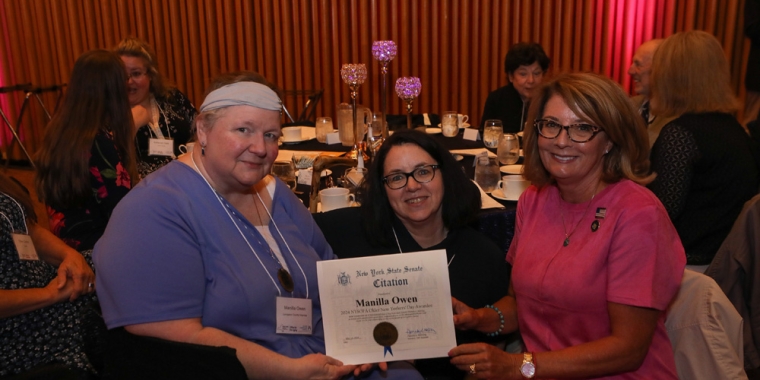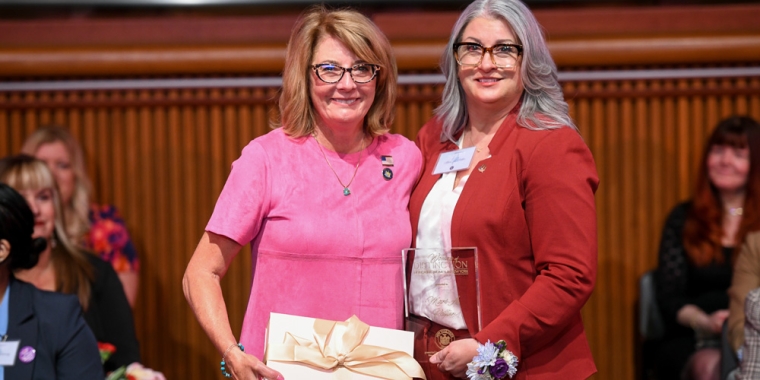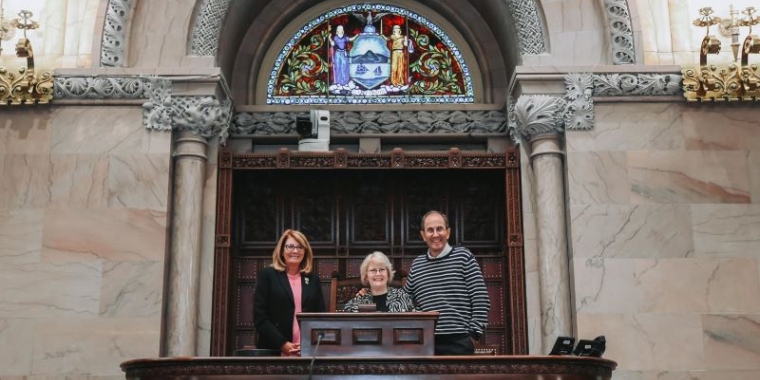Helming Named Chair of Rural Resources Commission
Senator Helming
January 11, 2017
-
ISSUE:
- Rural Resources Commission
-
COMMITTEE:
- Legislative Commission on Rural Resources
Senator Pam Helming (R-54th District) today announced that she was named Chairwoman of the Rural Resources Commission. Senator Helming noted that the bipartisan Commission is charged with examining the impact of rural resources on the State’s economy, reviewing existing laws and regulations as they relate to rural resources and assessing the effectiveness of programs designed to promote rural viability.
“I am truly honored to have been selected to chair this Commission, and I look forward to working with my colleagues to promote policies that will protect the state’s natural resources, while promoting smart development and job creation throughout our rural communities,” said Senator Helming.
The Rural Resources Commission is comprised of five Senators and five Assembly members, who are tasked with sponsoring legislation, recommending policy and promoting efforts to enhance and protect New York’s rural resources.
“From our farms and wineries to the small-businesses on Main Street, our rural communities have the potential to reinvigorate local economies in every region of the state and help make New York a more affordable and prosperous state,” said Helming. “As Chairwoman, my focus will be to ensure that these communities have the resources and economic freedom they need and deserve to thrive once again.”
Senator Helming noted that more than 80 percent of New York State is made up of rural communities with around 3.3 million residents in 44 rural counties, according to the U.S. Census Bureau. To address the needs, interests and concerns of these communities, the New York State Legislature established the Legislative Commission on the Development of Rural Resources in 1982.
Today, the Rural Resources Commission serves as a clearinghouse for policies aimed at preserving and boosting New York’s agricultural sector, protecting the health and well being of rural residents, developing affordable housing and safeguarding rural New York’s infrastructure. It continues to work toward addressing rural issues including agriculture, energy needs and opportunities, healthcare, economic development, environmental concerns, education and mandate-and-tax relief.
Share this Article or Press Release
Newsroom
Go to Newsroom


